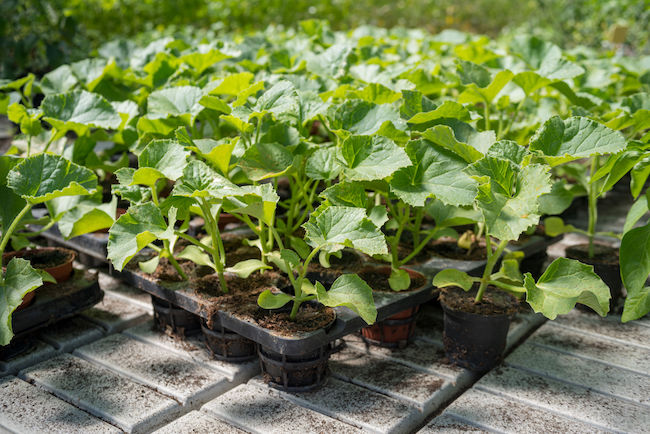
Spring may be over, but planting season isn’t! One way to make the most of any garden is to plant multiple successions. When early maturing crops like broccoli or peas are finished, fill the space with other fast-growing plants. Here are a few plants you can sow for a second harvest:
Beans
Super quick to mature, you can get a second harvest of beans in any zone. For northern climates, it’s best to stick with bush-type snap beans, as these tend to be the fastest to mature. Folks in southern zones can also plant pole and shell beans fairly late in the summer and still get a good crop before the first frost appears.
Summer Squash & Zucchini
Multiple small plantings of squash can help prevent these productive plants from overwhelming your kitchen with produce. They thrive in the heat and start producing in as few as 48 days, depending on the variety. Late-planting squash can also help gardeners avoid the peak season of dreaded pests like vine borers.
Radishes
Radishes are some of the fastest-growing vegetables. Certain varieties are ready to harvest in as little as 21 days. When planting, keep in mind that radishes can quickly go from perfectly crisp to woody during the summer. Opt for several smaller plantings throughout the spring and fall, rather than a few big ones.
Carrots
While carrots are quick to mature, they germinate best in cool, moist soil. During the summer months, these conditions can be tough to create. A great trick for germinating carrots is to seed them into already-damp soil, and then cover the row with wet cardboard or newspaper until the carrots begin to grow. Don’t forget to check on them and remove the cardboard, though! Carrots harvested in the fall will also be sweeter because they convert some of their starch to sugar as a sort of antifreeze.
Swiss Chard
Swiss chard is a superstar summer green. Unlike many other greens, swiss chard is biennial and won’t bolt and go to seed during hot weather. It matures quickly and is also cool-weather tolerant, making it a perfect choice for late summer and fall plantings.
Cabbage
Smaller cabbage varieties mature quickly and are perfect for a succession-planting fall harvest. Fall cabbages are also typically less affected by cabbage moths. Some people direct seed cabbage for an autumn harvest, but like carrots, cabbage seeds germinate best in cool soil. If you’re having trouble, start your cabbage indoors in a cool room and transplant them out.
Kale
Like other greens, kale is quick-growing. It also does well in cool weather and will keep producing well into the fall. Some kale varieties are more frost-tolerant than others, so read carefully while selecting a variety, if you live in a northern climate.
Lettuce
Lettuce is quick to mature, but does best in cool weather. To keep lettuce and other plants cooler, water frequently and install shade cloth or row cover. In southern zones, you may have to wait until fall to sow lettuce.
Succession Planting Resources
While most gardeners can grow multiple successions of these crops, exactly when you should plant is dependent upon where you live. Check out the links below to learn more about your climate and plant-hardiness zone, so you can create a custom planting schedule.
- USDA Plant Hardiness Zone Map
- The Old Farmer’s Almanac Planting Calendar
- Succession Planting Interval Chart from Johnny’s Selected Seeds
Make the most of your garden this summer with succession planting. Second plantings can offer you a larger harvest from the same size garden. Try a few of these varieties for a great fall crop.




